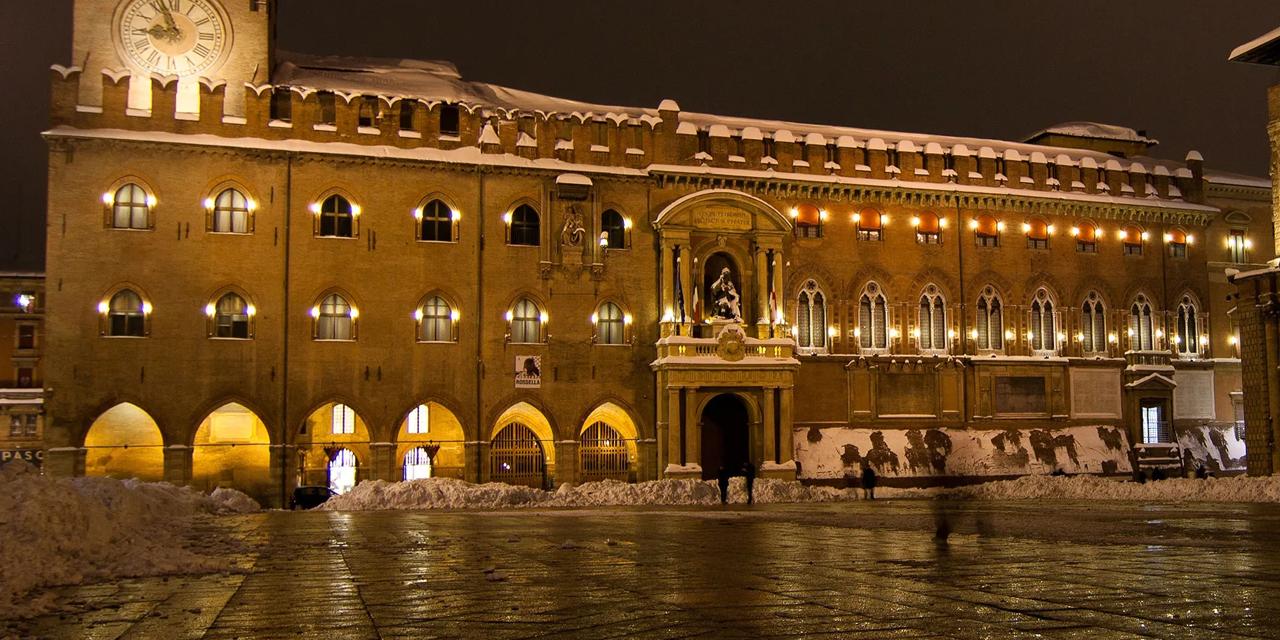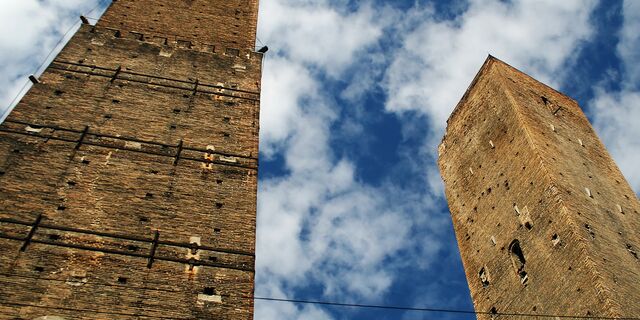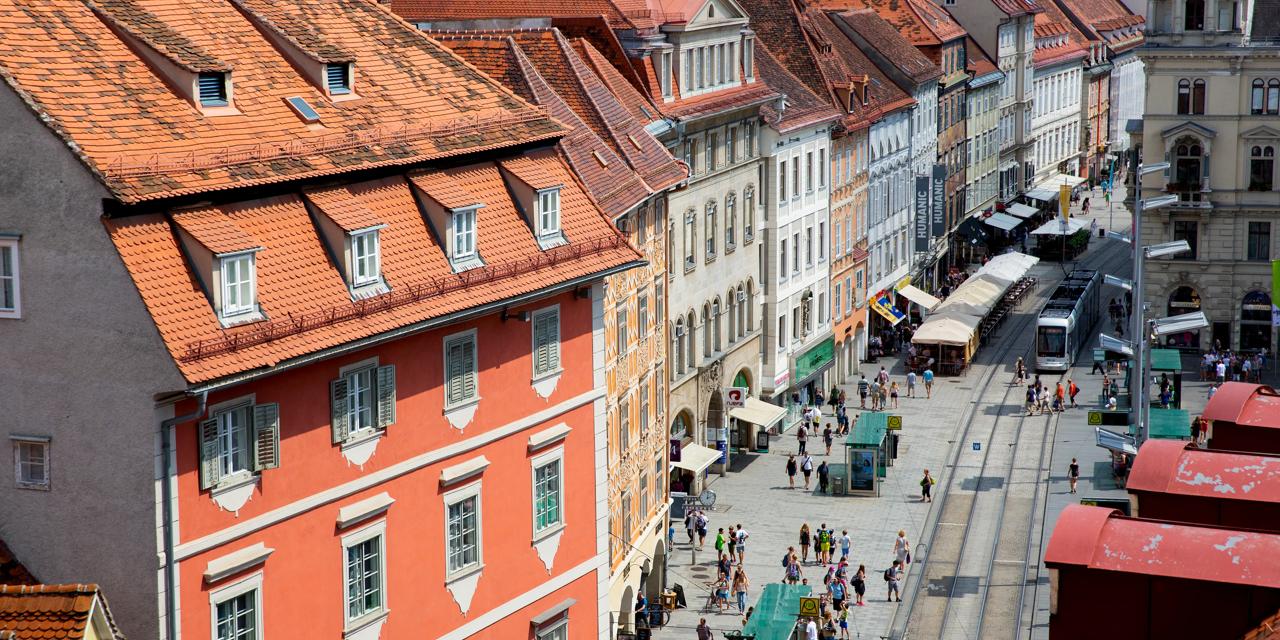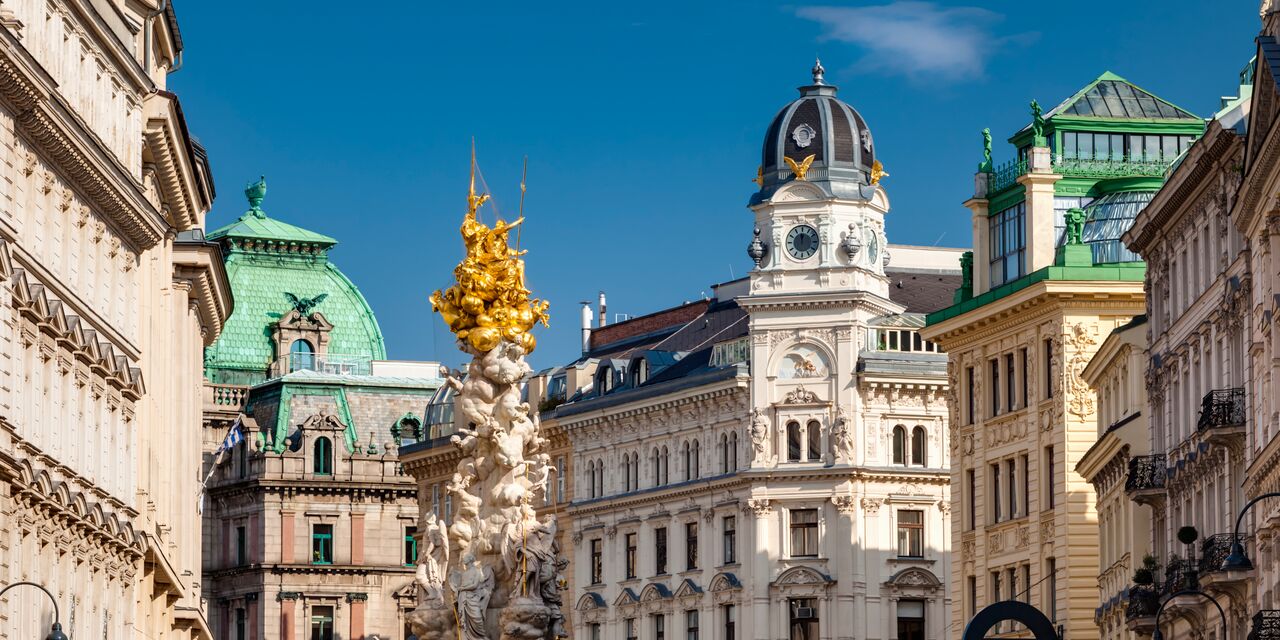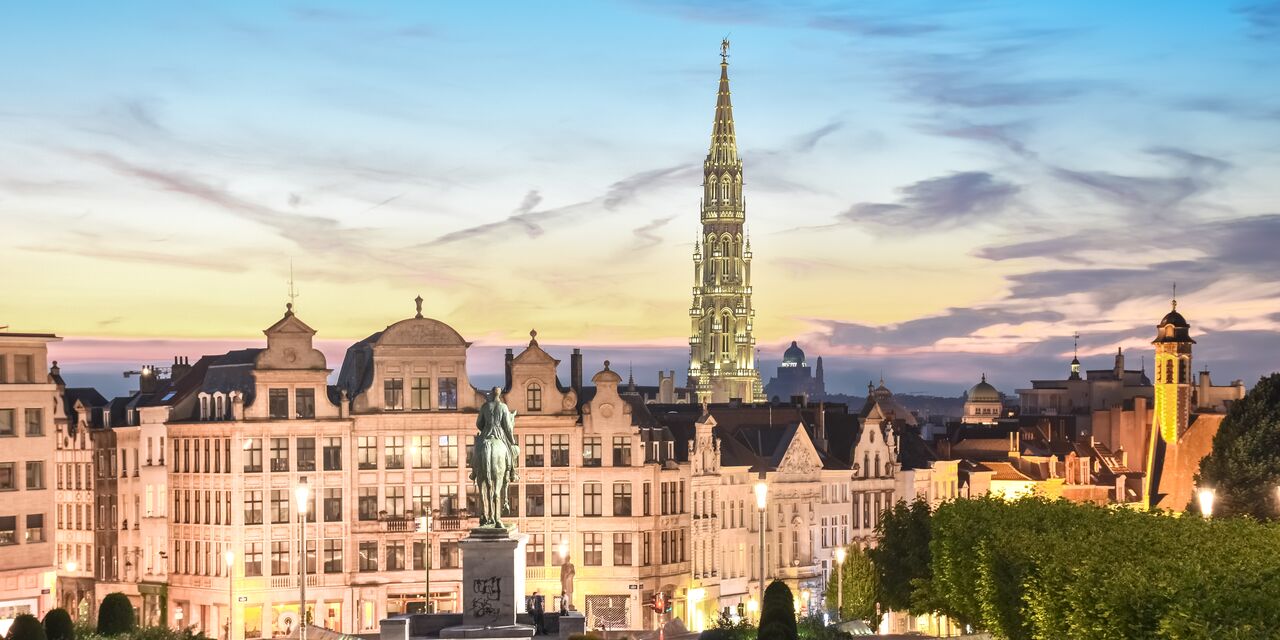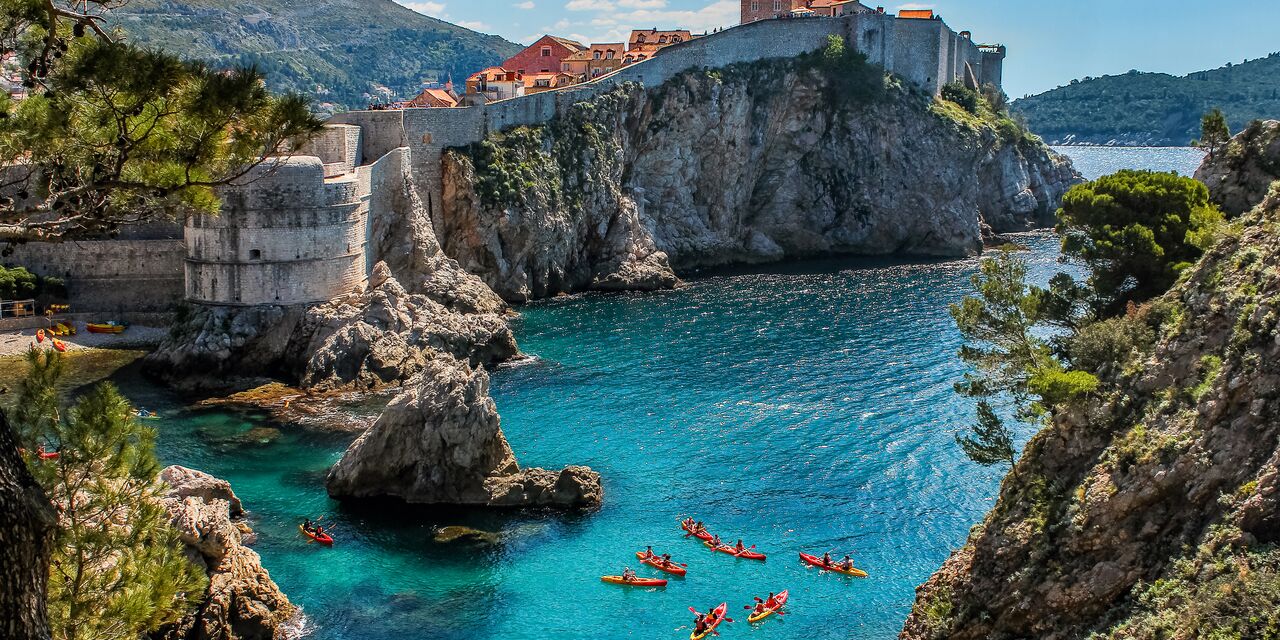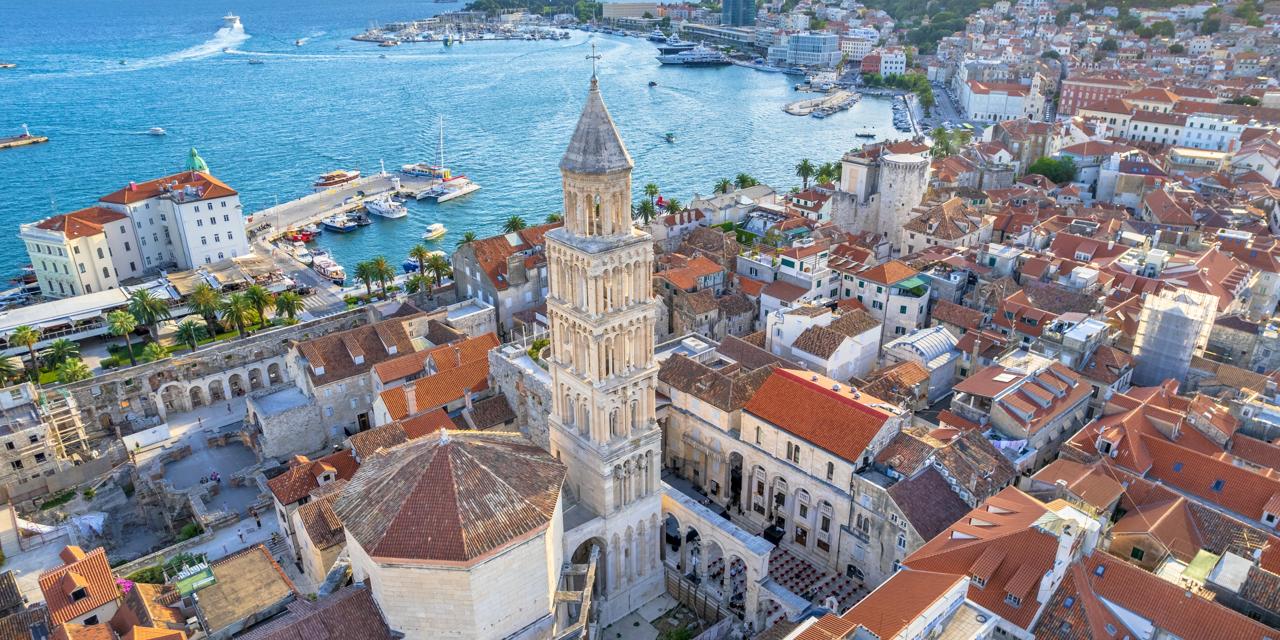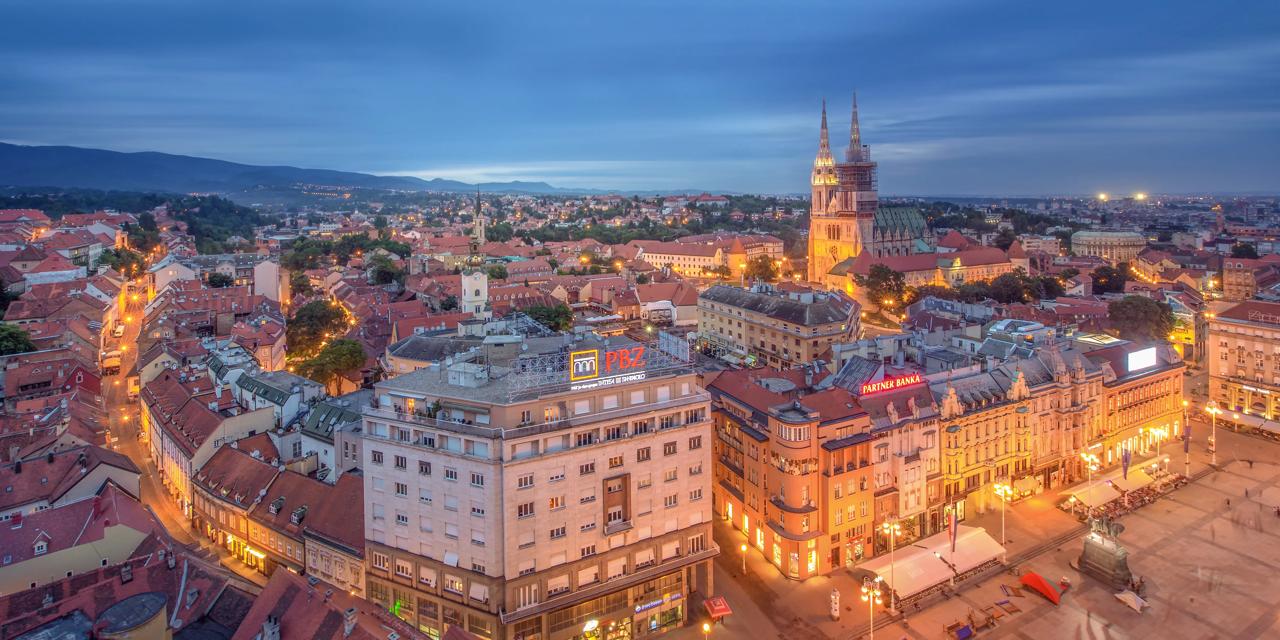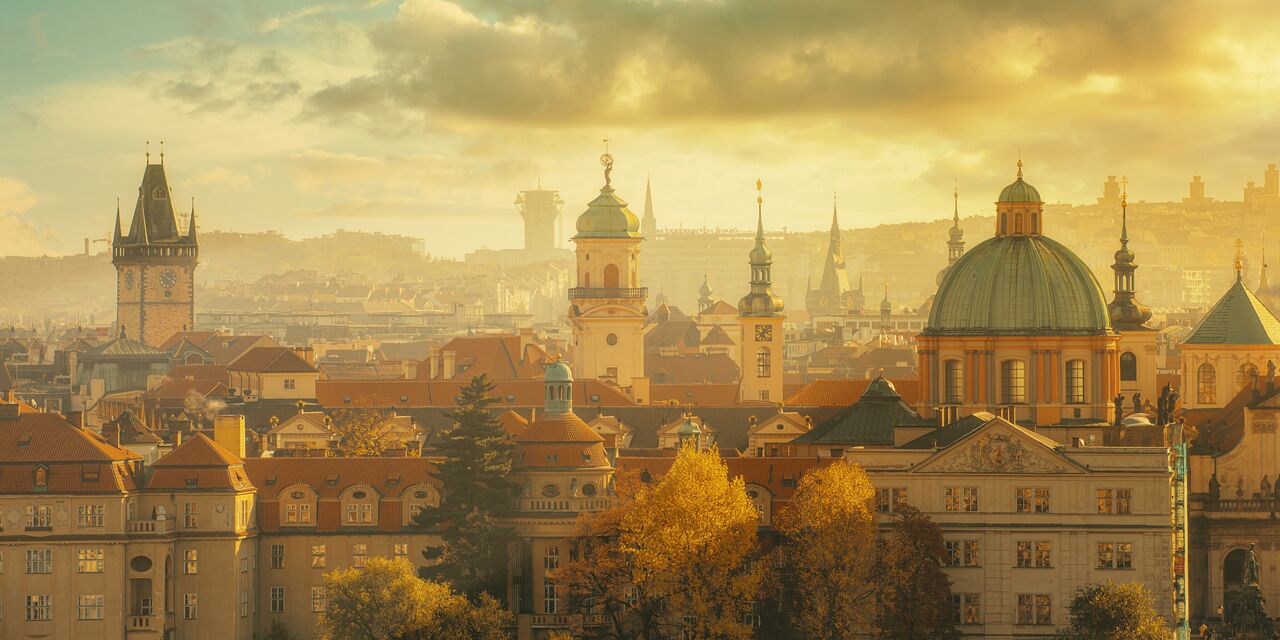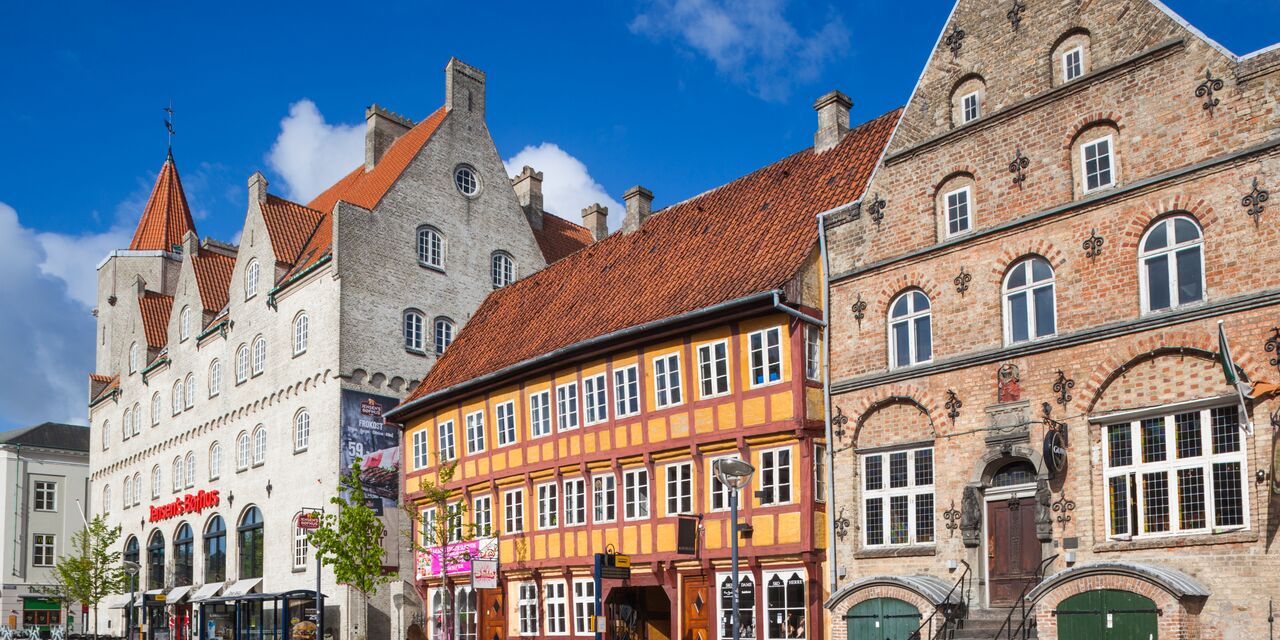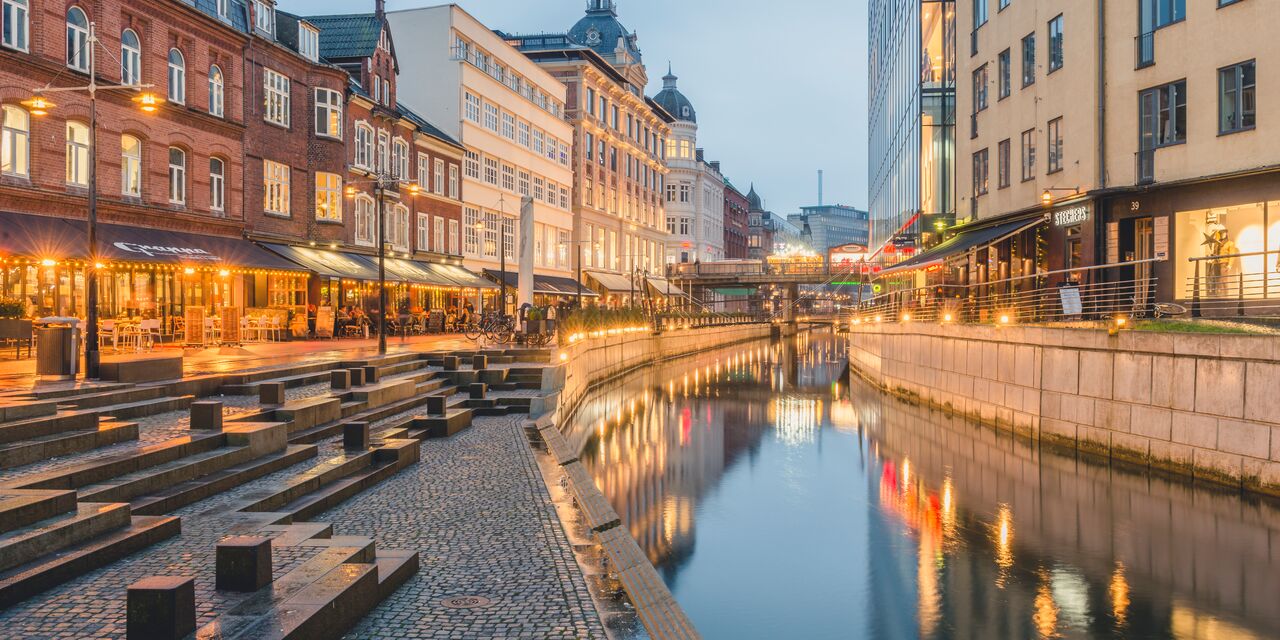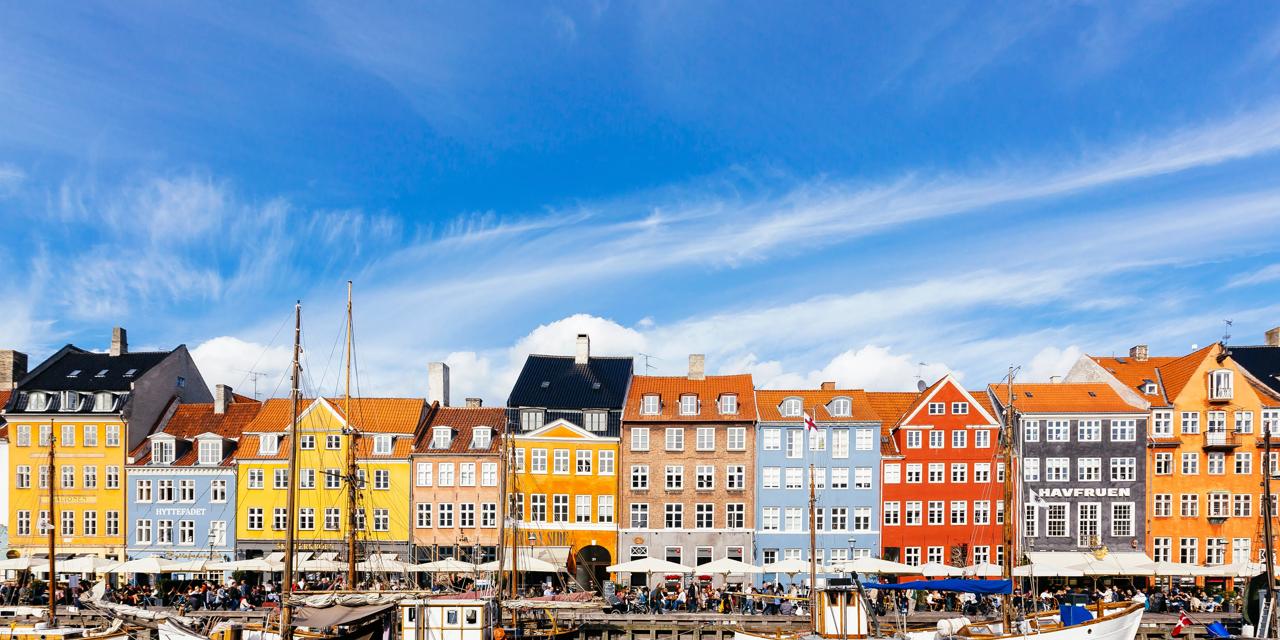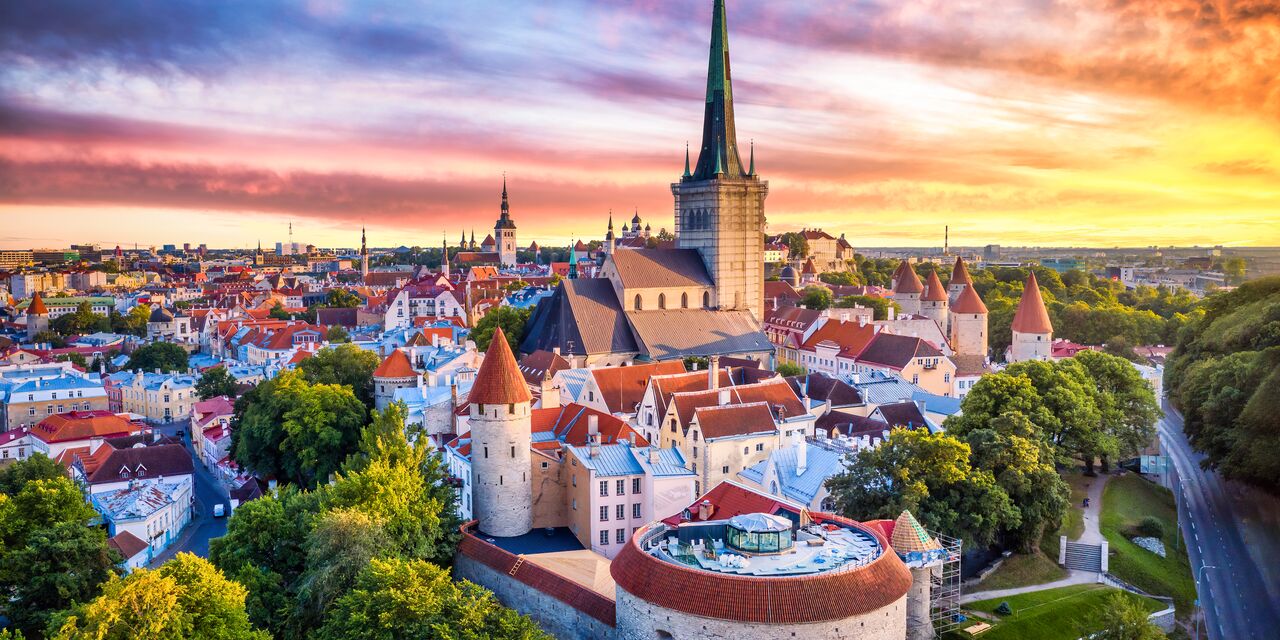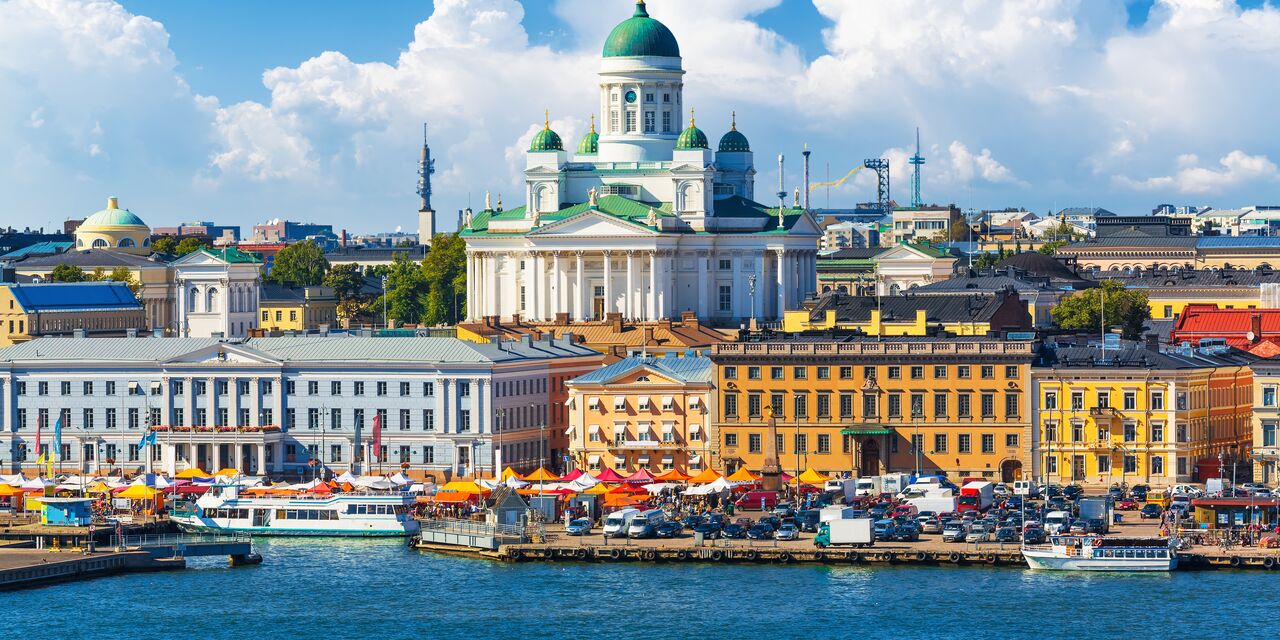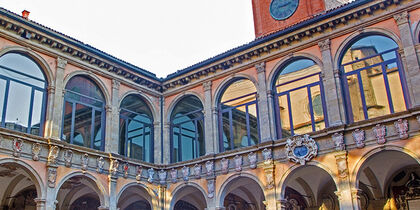
Unfinished past
Look up and you can almost read the rich history of Bologna from its building façades. The unfinished façade of the Basilica of San Petronio immediately catches the eye. The first stones of this church were laid in 1390 but construction dragged on for centuries. When the city council commissioned its construction, no request for approval was sent to the bishop. After all, the basilica was meant to represent the free city of Bologna, one that was not under the yoke of the diocese. But the Pope was not going to allow this to happen without a fight, and he put a stop to the ambitious design by having the Archiginnasio University building built directly next to the construction site. The Pope wanted to have all university disciplines housed in the same building. Due to a lack of funding and technical problems, construction of the basilica ultimately came to a standstill and the façade was never completed. The Archiginnasio currently houses the Municipal Library.
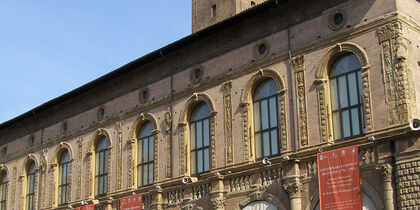
The oldest palace on the Piazza Maggiore
Across from the basilica is the oldest palace on the Piazza Maggiore, the Palazzo del Podestà. It was built around the year 1200 and served as the seat of the ‘podestà’, the highest administrator in the city and his colleagues. The palace quickly became too small for all the citizens who were involved in the city council and so the Palazzo Re Enzo was constructed as an extension. The Torre dell‘Arengo dating from 1453 is worthy of notice. This tower houses the largest bell in Bologna which is used to warn the people of Bologna of an emergency. Tip: stand under one side of the vaults and you can hear someone whispering from the other side.
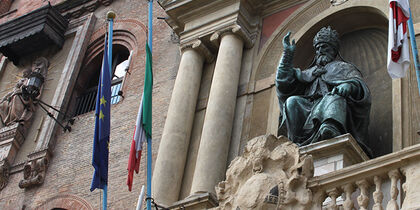
Palazzo d’Accursio o Comunale
The Palazzo d’Accursio o Comunale consists of various buildings that have been joined together over the centuries. In the 13th century, the famous jurist Accursius lived here and worked at the University of Bologna. The building later served as the seat of the Anziani (Elders), the highest magistrates in the city. The façade has a gate with portcullis, above which stands a large bronze statue of the Bolognese pope Gregorius XIII. The palace currently houses the Municipal Art Collection, with paintings from the Middle Ages to the 19th century.

